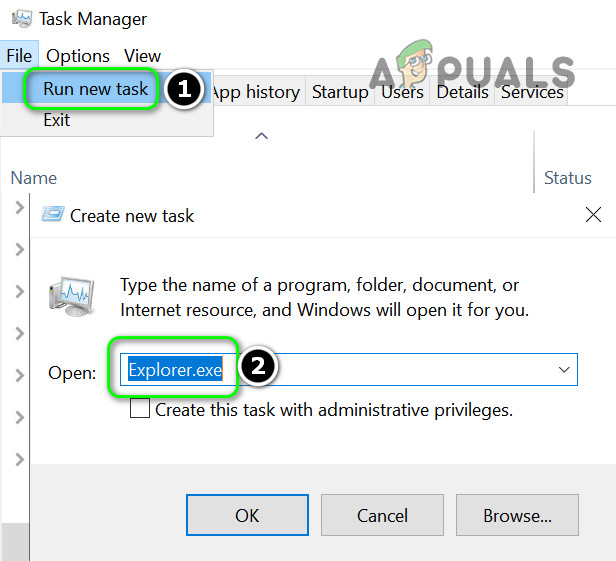The issue arises when the user notices 2 blue arrows on the top right of the folders (e.g., the Desktop folder) or the system drive and on checking find outs the contents to be compressed (every new file/folder created/added to the folder/drive is automatically compressed) and when he decompresses the contents, on the reboot, the contents are compressed again. Before moving on with the solutions to stop Windows from automatically compressing files, make sure the Storage Sese setting (Settings» System» Storage) is disabled. If you are encountering the compression issue with an application (like files downloaded from the Firefox browser are compressed), then uninstall that application, remove all of its traces on the system and then reinstall the application to check if the automatic compression issue is resolved. Moreover, if your system is used by more than one person, ask the second person if he is enabling the compression (e.g., a sibling playing a heavy game and if the system drive runs out of space and the user is asked to compress the drive, the other person may be allowing it).
Solution 1: Delete the Temp Files of the System and Perform a Disk Cleanup
The automatic compression in Windows 10 can be started if your system drive is running out of space. In this context, deleting the temp files and performing a disk cleanup may solve the problem.
Solution 2: Update the Windows of Your PC to the Latest Build
Some Windows updates require tons of space to complete and to accommodate the space requirements, your OS may compress the files/folders on your system to create the space required for the updates to complete. In this context, updating the Windows of your PC (so that no update is pending and OS does not have to create the space to accommodate the updates) may solve the problem.
Solution 3: Disable Compression on the Driver/Folders
There can be many factors that can enable the automatic compression of the drives/folders (e.g., automatic compression by the OS to install newer Windows updates). In this case, disabling the compression (in the Folder/drive properties or the Group Policy) may solve the problem.
Disable Compression on the Drive
Disable Compression on a Folder (Like the Desktop Folder)
If you are encountering the issue where the compression is only affecting the user profile folders (like the user Desktop, Documents, AppData, etc.), then apply the above steps on the following folder one by one (if compression is not enabled on any of the folders, then enable/disable the compression on that folder):
Disable Compression Through the Group Policy Editor
Use the Command Prompt to Disable Compression
Use the PowerShell to Disable CompactOS
In some cases, the compression was occurring on the OS modules only (technically speaking CompactOS) as the system drive (especially, SSD disks) has limited storage capacity. In this scenario, disabling the CompactOS may solve the problem.
Solution 4: Rebuild the Icon Cache Database
In some cases, after installation of the Windows updates, the drive/folders were decompressed but the two blue arrow icons keep on showing on the files/folders (making the user believe that the contents are still compressed) but the issue was caused by the corrupt Icon Cache database. In this case, rebuilding the Icon Cache database may solve the problem. If the issue persists, then check if executing the following in an elevated Command Prompt solves the problem: You can also use the Registry Editor (at your own risk but make sure to back up the Registry) to block the execution of the icons by creating a notepad file (that is saved as a .reg file) with the following lines: Then double-click it to merge it to the Registry (make sure you have placed an empty file in the System32 folder) and check if the compression icons are removed. If the issue persists, then check if performing an in-place upgrade (download the Windows 10 ISO and launch it as administrator but make sure to use the Keep Apps and Files option) sorts out the compression problem.
Fix: OneDrive Automatically Deleting Files from OneDrive FolderHow to Convert CR2 Files Into JPG FilesFix: Windows 10 Mail App Not Syncing AutomaticallyFix: Windows couldn’t automatically bind the IP protocol stack to the network…
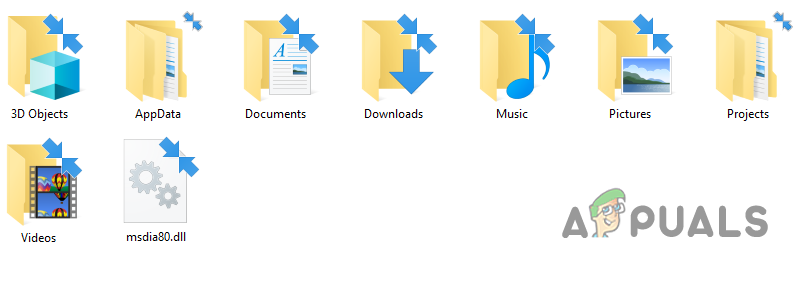
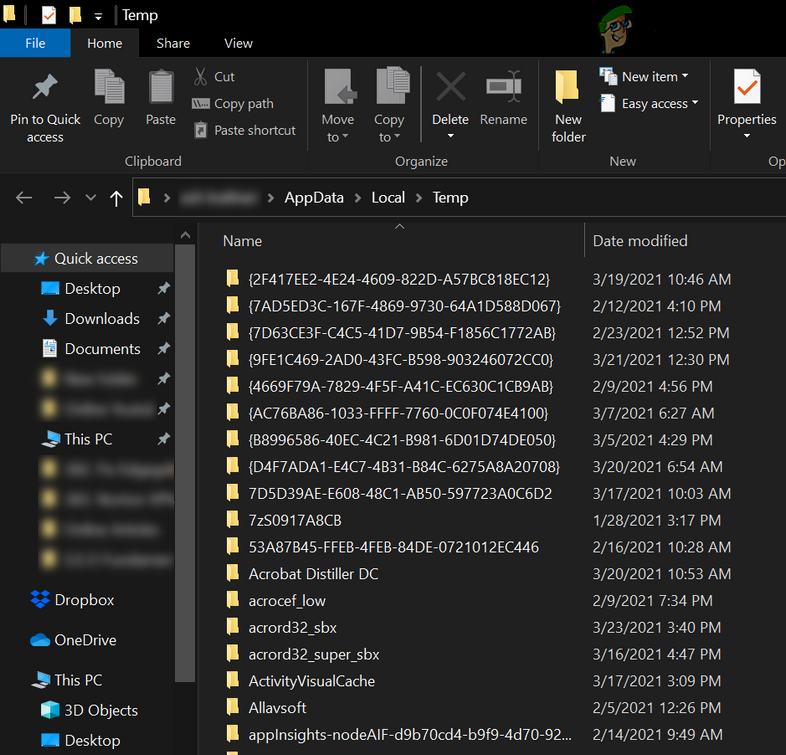
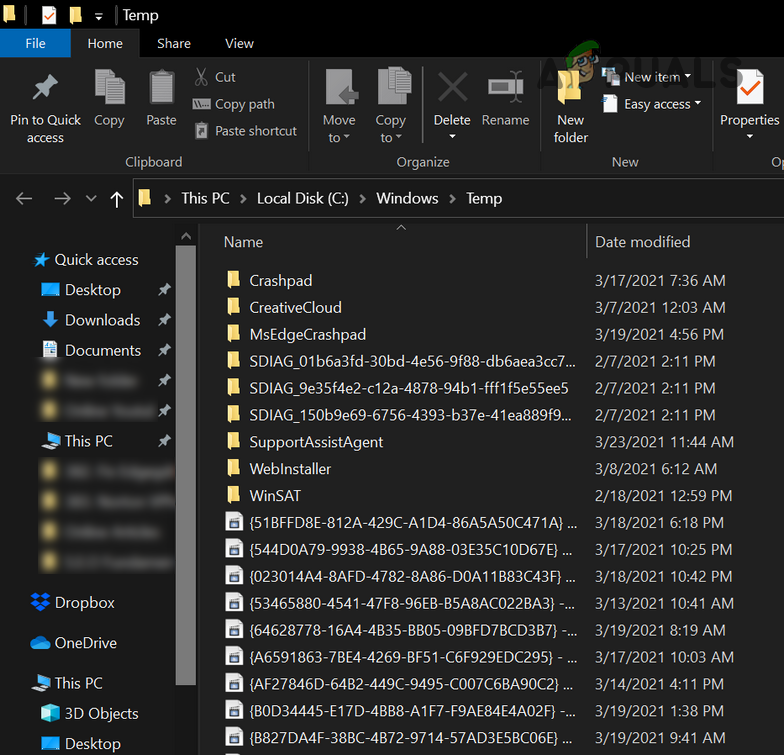
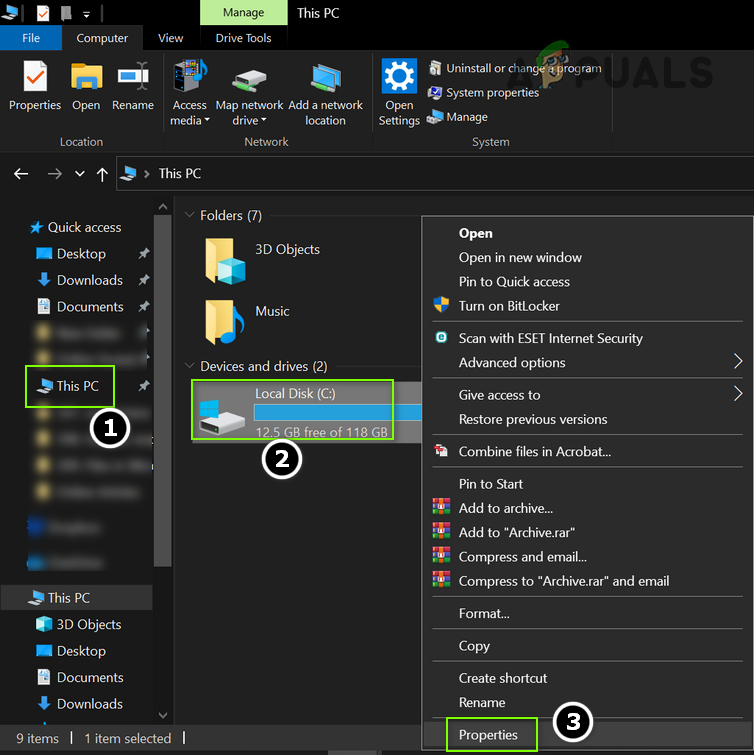
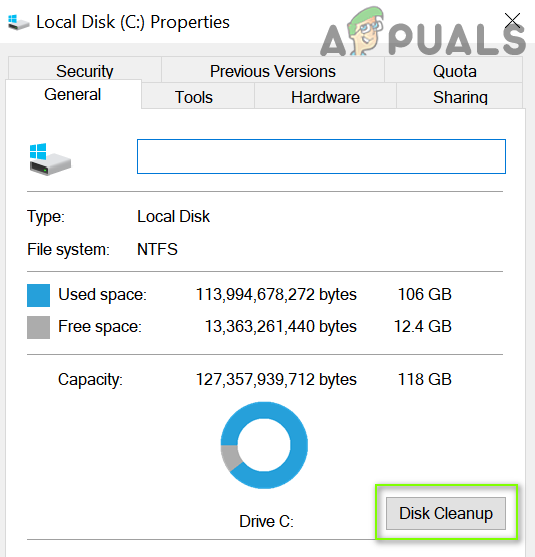
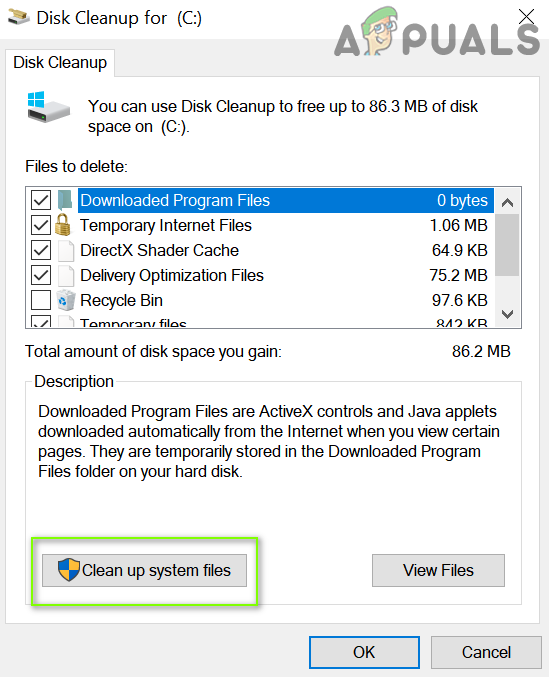
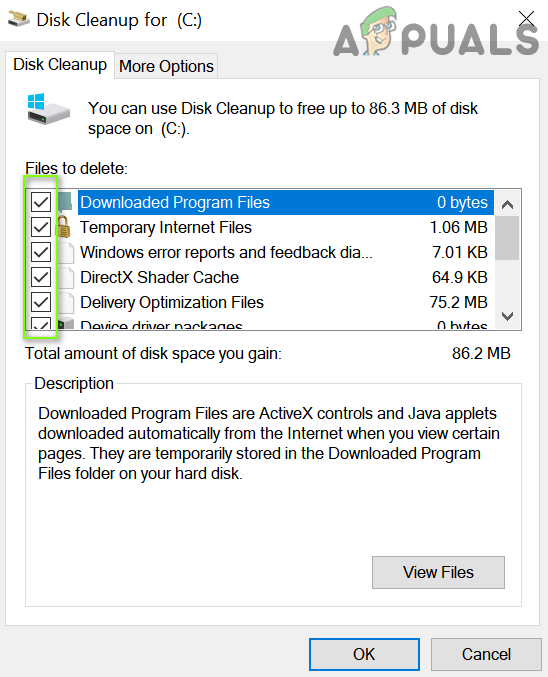
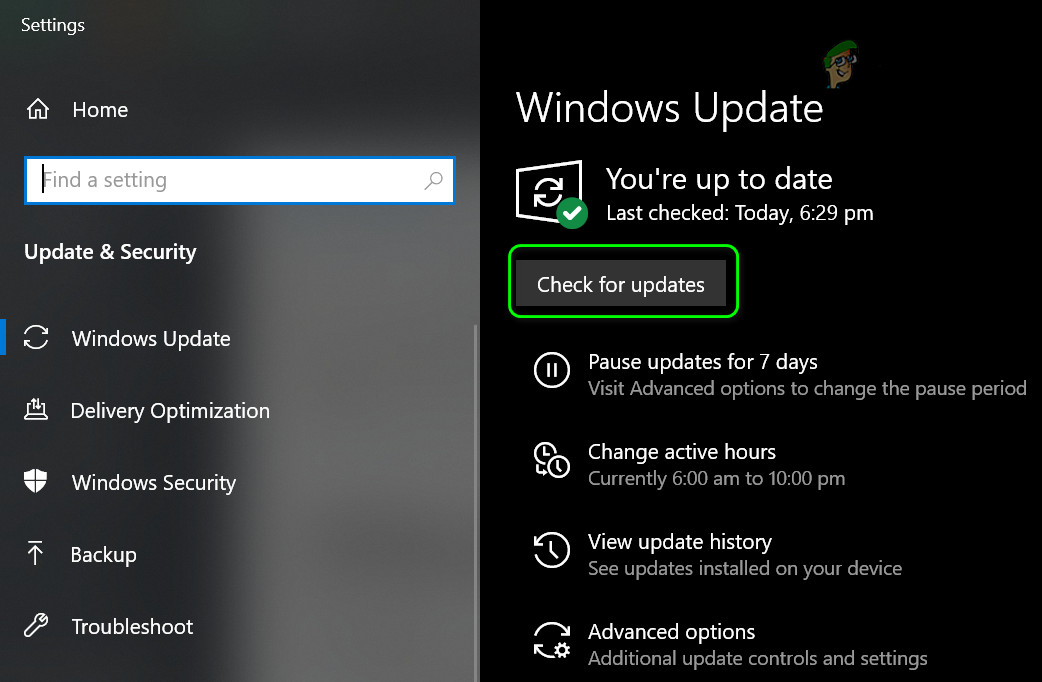
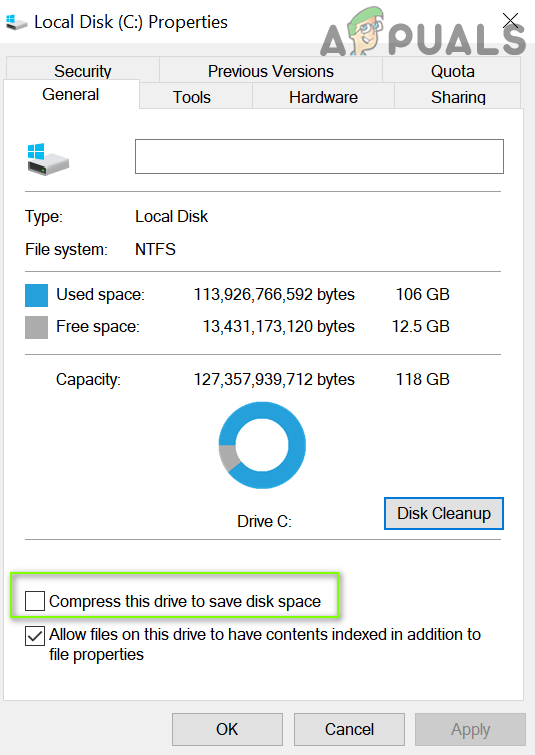
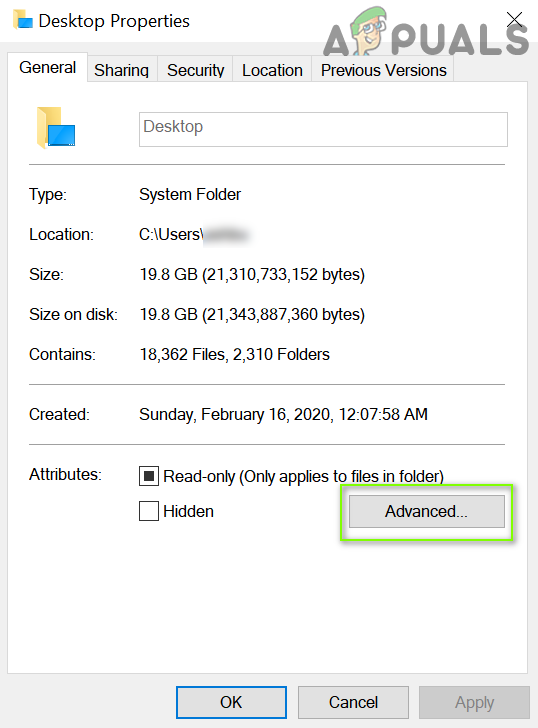
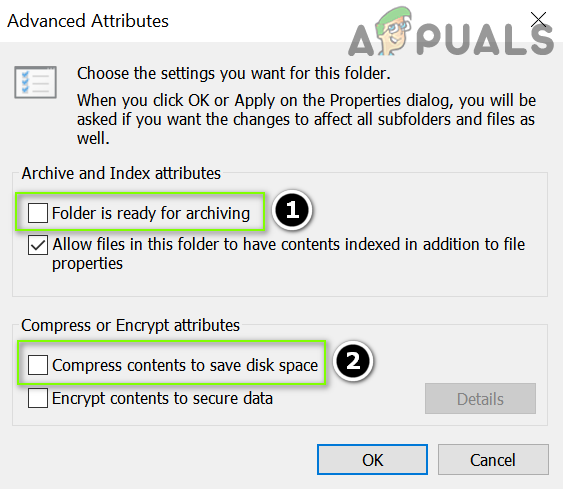
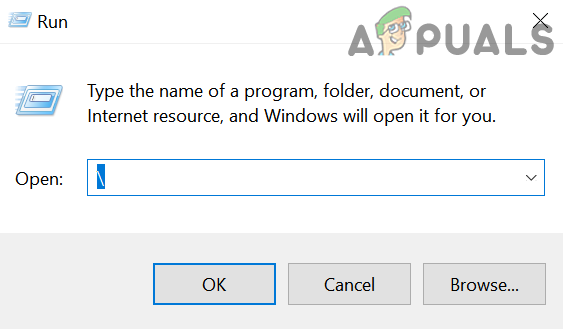
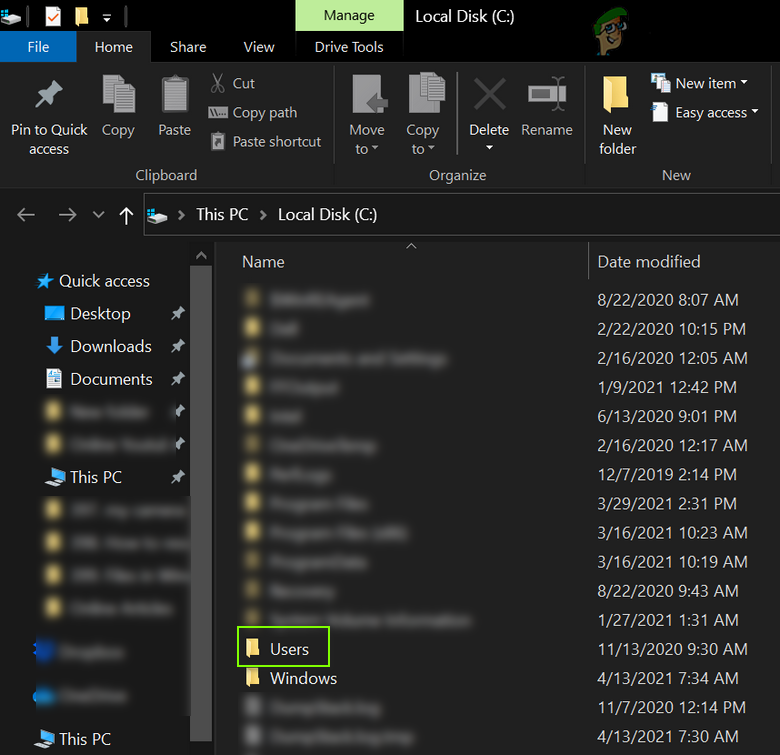
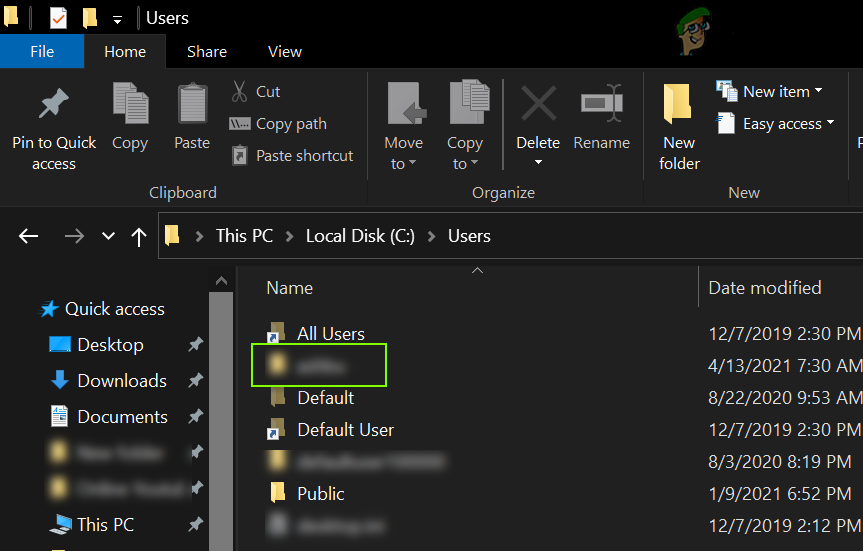
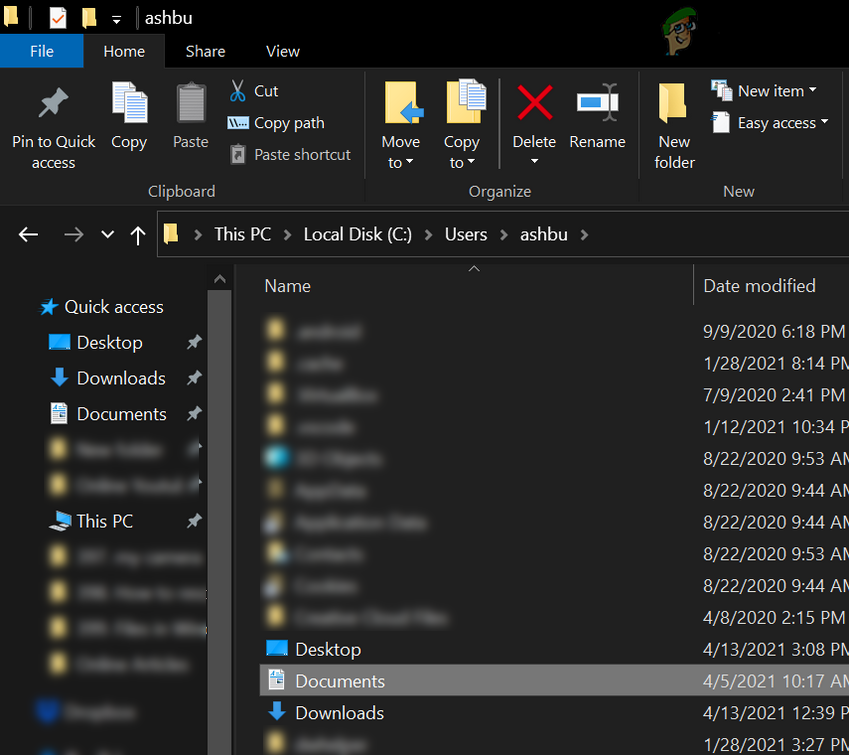
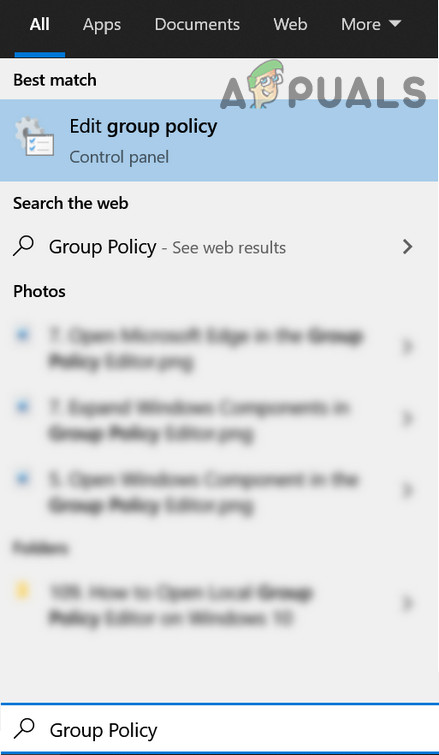
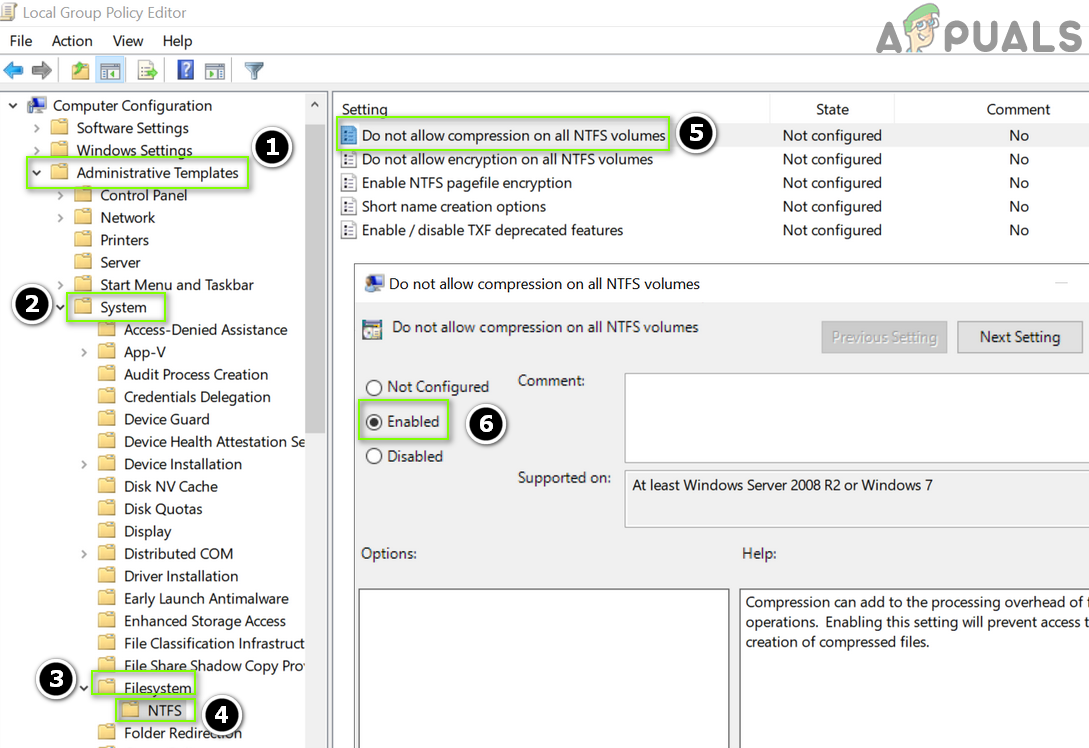
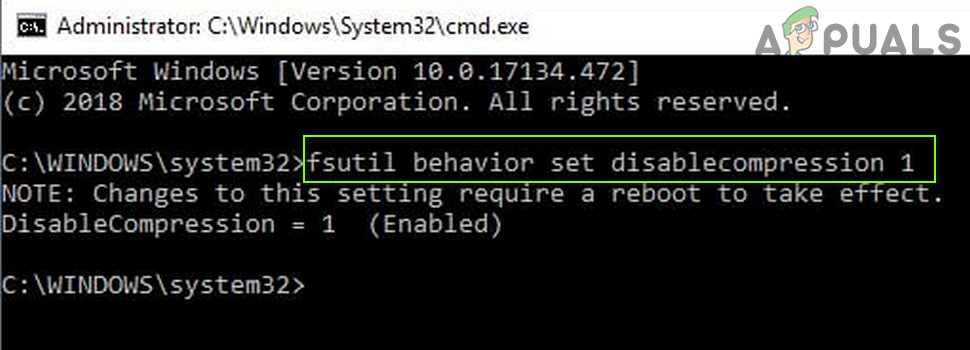

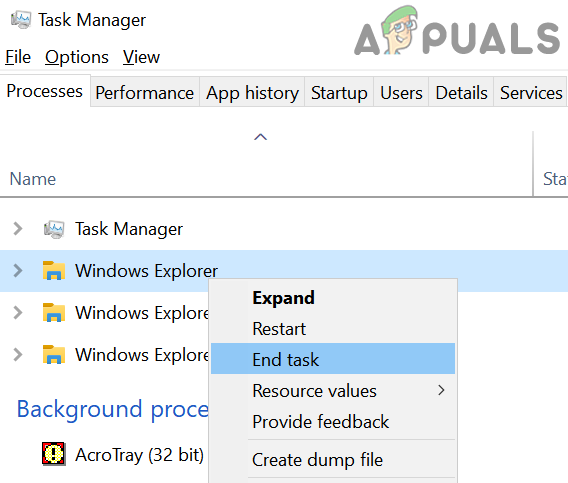
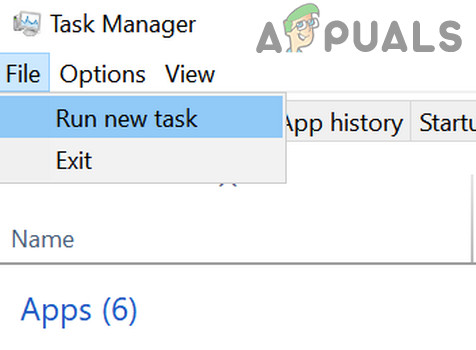
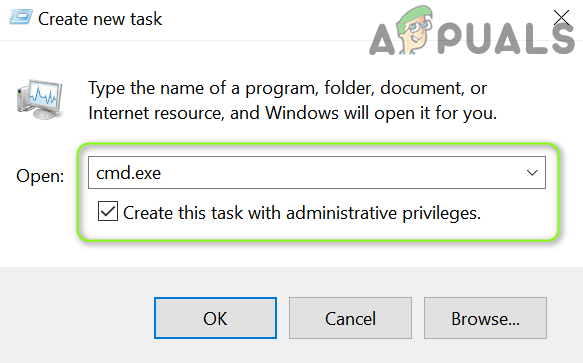
![]()
